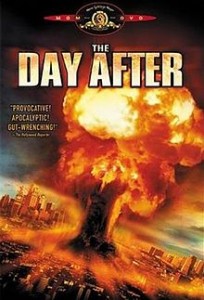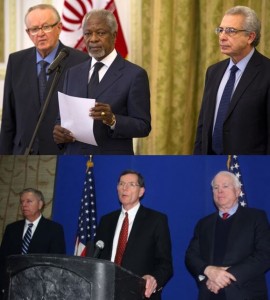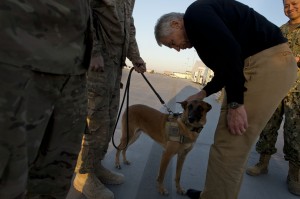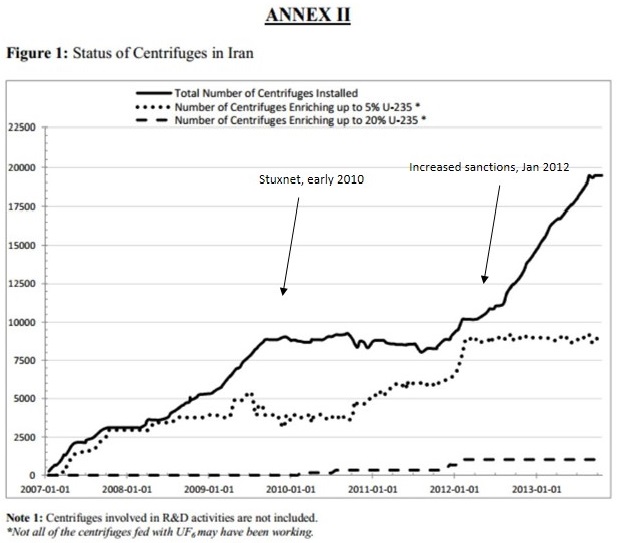Iran, P5+1 Reach Historic Final Agreement, Frustrating Opponents Who Push for War
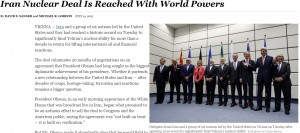
Partial screengrab of New York Times article announcing agreement. John Kerry and Ernest Moniz are on the right, while Javad Zarif and Ali Akbar Solehi are in the center of the photograph.
It has been nearly 20 months since the group of P5+1 countries (China, France, Germany, the Russian Federation, the United Kingdom and the United States) and Iran reached an interim agreement limiting Iran’s work on nuclear technology. Progress since that interim agreement has been painfully slow (and obstructed as much as possible by Israel’s Benjamin Netanyahu, neocons in Congress and United Against Nuclear Iran), with a number of “deadlines” for achieving the final agreement missed. Journalists covering the final phase of negotiations in Vienna over the last two weeks eventually got so exasperated with the process that they began reporting on the number of Twizzlers consumed by the negotiators.
Fortunately, the US, led by John Kerry, with technical support from Ernest Moniz (with the backing of Barack Obama) and Iran, led by Javad Zarif, with technical support from Ali Akbar Salehi (with the backing of Hassan Rouhani) did not give up on the process. A final agreement (pdf) has now been published.
The following sentence appears in the agreement twice. It is the final sentence in the Preface and is the third point in the Preamble:
Iran reaffirms that under no circumstances will Iran ever seek, develop or acquire any nuclear weapons.
That is the heart of what the entire process has been about. Iran’s uranium enrichment work, which grew to over 18,000 centrifuges installed at two facilities, was viewed as a rapid route to a nuclear weapon. Even though no facility in Iran has been identified where enrichment was proceeding to the highly enriched levels needed for a bomb and Iran had demonstrated no ability to make a bomb from highly enriched material, “conventional wisdom” stated that Iran would only need a few months (as of the signing of the interim agreement) to produce a working bomb. Throughout the process, Iran has claimed the work was only for peaceful uses (electricity production and the production of medical isotopes). Things had gotten really ugly back in 2011 when the IAEA lent credence to claims that originated in the Laptop of Death, where Iran was accused of past work aiming at developing a bomb. By making the blanket statement that Iran will never seek a nuclear weapon, Iran is publicly acknowledging that the West will reinstate economy-crippling sanctions should evidence surface that it is seeking a weapon. Further, by saying it “reaffirms” as much, Iran is sticking to its previous claims that it has not sought a weapon in the past. Those dual points are important enough to be appear twice on the first page of the agreement.
On first blush, the final agreement looks quite robust. I intend to address only the technical aspects of the agreement and will leave to others analysis of the aspects of the plan relating to the removal of sanctions, although it is interesting that it appears that the plan will be submitted for UN Security Council approval before Congress is expected to have a chance to chime in.
The plan is referred to as the Joint Comprehensive Plan of Action, or JCPOA. It establishes a Joint Commission of P5+1 and Iran that will monitor implementation of the agreement.
Enrichment
In order to achieve the primary aim of taking Iran’s “breakout time” (the time estimated to produce enough highly enriched uranium for a bomb) from the range of just a few months at the time of the signing of the interim agreement to the stated goal of at least one year, Iran now agrees to stop all enrichment work with radioactive material at its Fordo site (the underground site that prompted the US to develop a new generation of bunker buster bombs) and to greatly reduce the number of centrifuges in use at Natanz. Further, Iran will no longer enrich uranium above 3.67%. Iran agrees to keep its stockpile of 3.67% enriched uranium at 300 kg or less. Here is the wording for the key part of that aspect of the agreement (from page 7): Read more →

